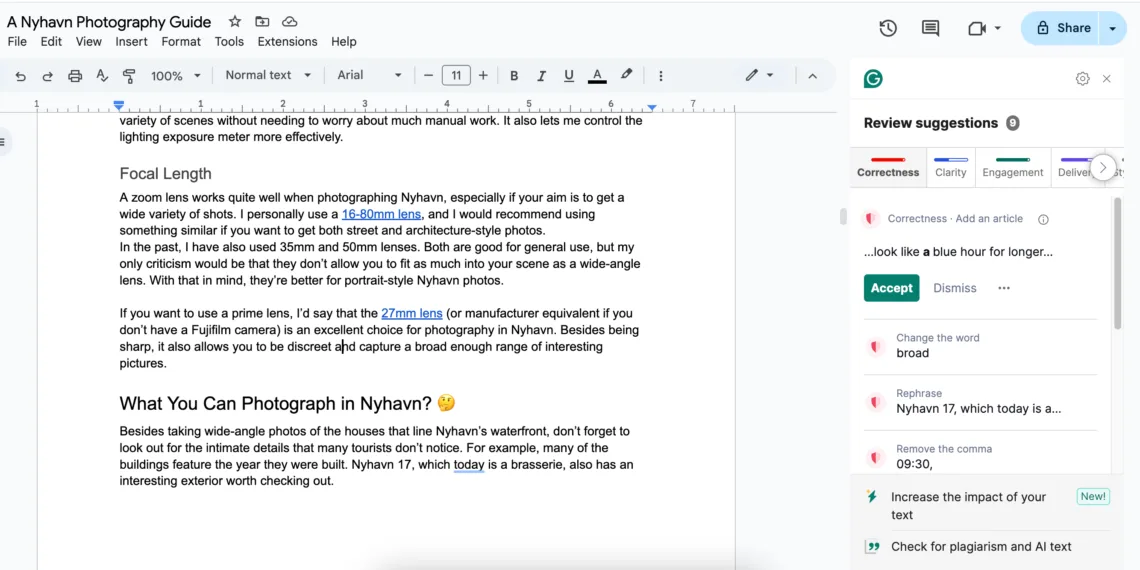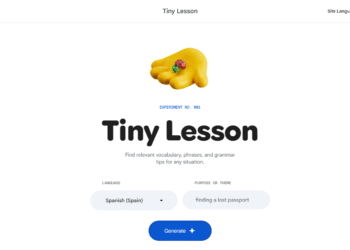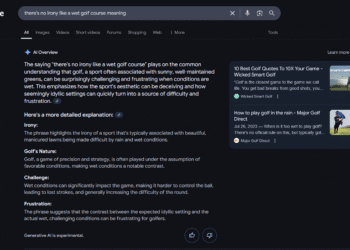While AI tools can be incredibly effective for accomplishing various tasks, I believe it’s essential to choose them wisely rather than simply opting for an AI solution for the sake of it. Each time I use AI, I methodically identify the best tools tailored to specific needs.
### 1. Grasping the Task
First and foremost, it’s crucial to understand what I need the AI to accomplish. Randomly selecting a tool rarely yields positive results; in fact, it often leads to spending extra time fixing problems. For instance, if I’m focused on writing, I prefer an AI tool that helps identify spelling mistakes. A bonus would be if it also offers readability enhancements, which is why I find Grammarly indispensable for writers.
When it comes to photo editing, the tools I use for touch-ups significantly differ from those I employ for removing backgrounds. Understanding the specific task allows me to refine my options more effectively. Many AI tools, like ChatGPT and Google Gemini, are worth their premium subscription fees. Although I primarily use paid tools now, I still occasionally find free ones that get the job done.
Determining whether I need a free or paid tool is straightforward. Once I’ve recognized the task and narrowed down my potential options, I review the free plans available on different platforms. If I find that a premium subscription is necessary, I’m open to upgrading. Additionally, many premium applications offer free trials, which are handy for one-off tasks.
### 2. Seeking Online Reviews
Having tested numerous AI tools (many of which I continue to use), I’ve encountered my fair share of ineffective ones. This experience has taught me not to rely solely on product descriptions; instead, I prefer conducting my own research. Before committing to any AI tool—whether free or paid—I consult customer reviews, which I consider a reliable resource for assessing whether a tool will suit my needs. I’m also mindful of the potential for fake or misleading reviews, so I approach them with a critical perspective.
In addition to customer feedback, I explore videos and articles. A genuine review can often be spotted, and if I’m satisfied with what others have reported, I’m inclined to give the AI tool a try for my specific needs. Occasionally, I come across tasks where I’m unfamiliar with the technology required. In such cases, I dive deeper into my research to uncover the best options available.
I combine AI searches with standard search engines to discover effective AI software. Perplexity is particularly helpful for these inquiries, making a Perplexity Pro subscription worthwhile for me. A simple search like “free AI tools for [task]” typically generates good results.
### 3. Comprehensive Searching
I also utilize Google to ensure I don’t miss any potential resources. I often replicate the same search terms I used on Perplexity, which generally leads me to useful results. Google sometimes incorporates Gemini to provide summaries, and I’ve noticed those tabbed summaries appearing at the top of certain searches.
Trying out new tools is essential for verifying their efficacy. I put each software to the test by assessing how well it performs the specific task at hand. If the first app I try meets my needs, I usually don’t see the value in trying others at that moment. While I might keep those alternatives in mind for future reference, I’ve learned that no app is flawless, and duplicating efforts with multiple tools is often unnecessary.
With so many available AI tools, it can be challenging to decide where to begin. Conducting thorough research is typically the best approach for obtaining optimal results. By mixing AI insights with traditional searches, I’m able to navigate unfamiliar software options efficiently. Once I have a sense of what I’m looking for, I proceed to test the selected software to ensure it meets my needs.






